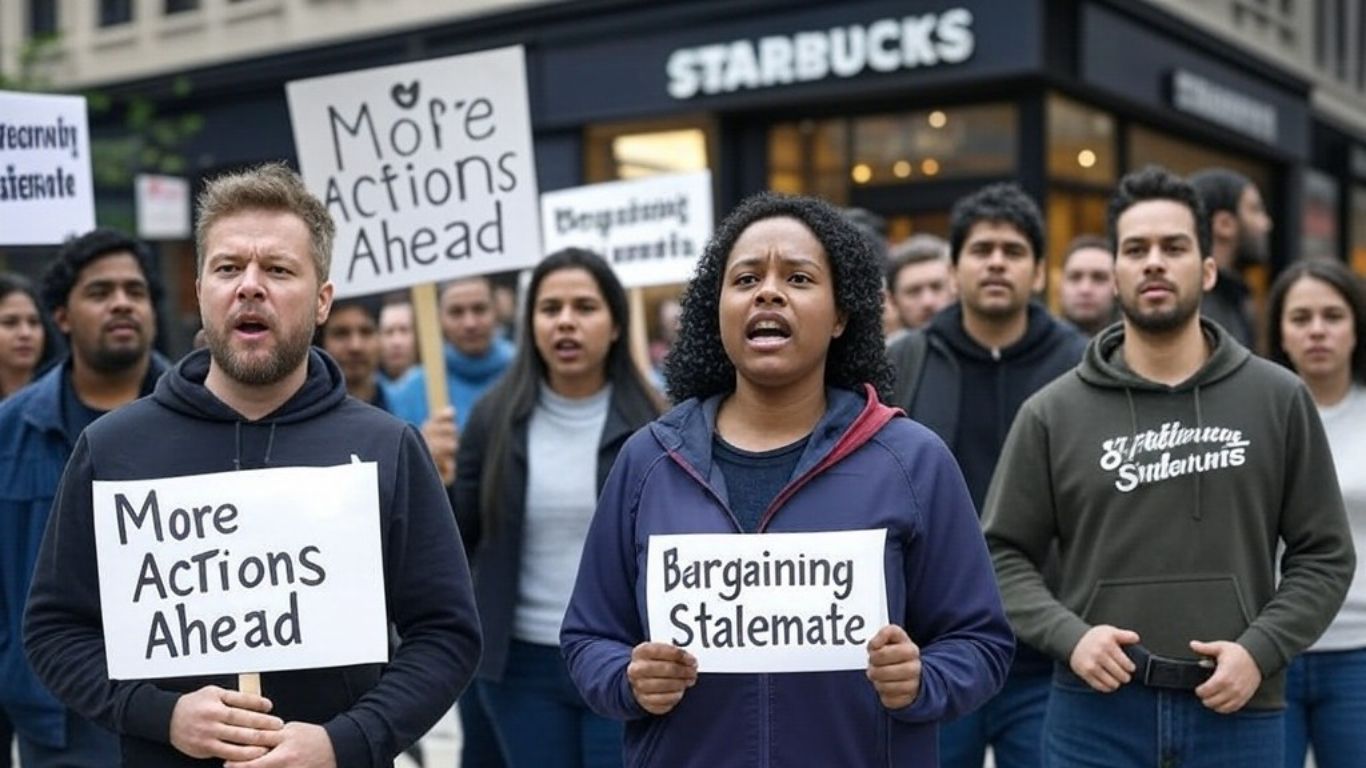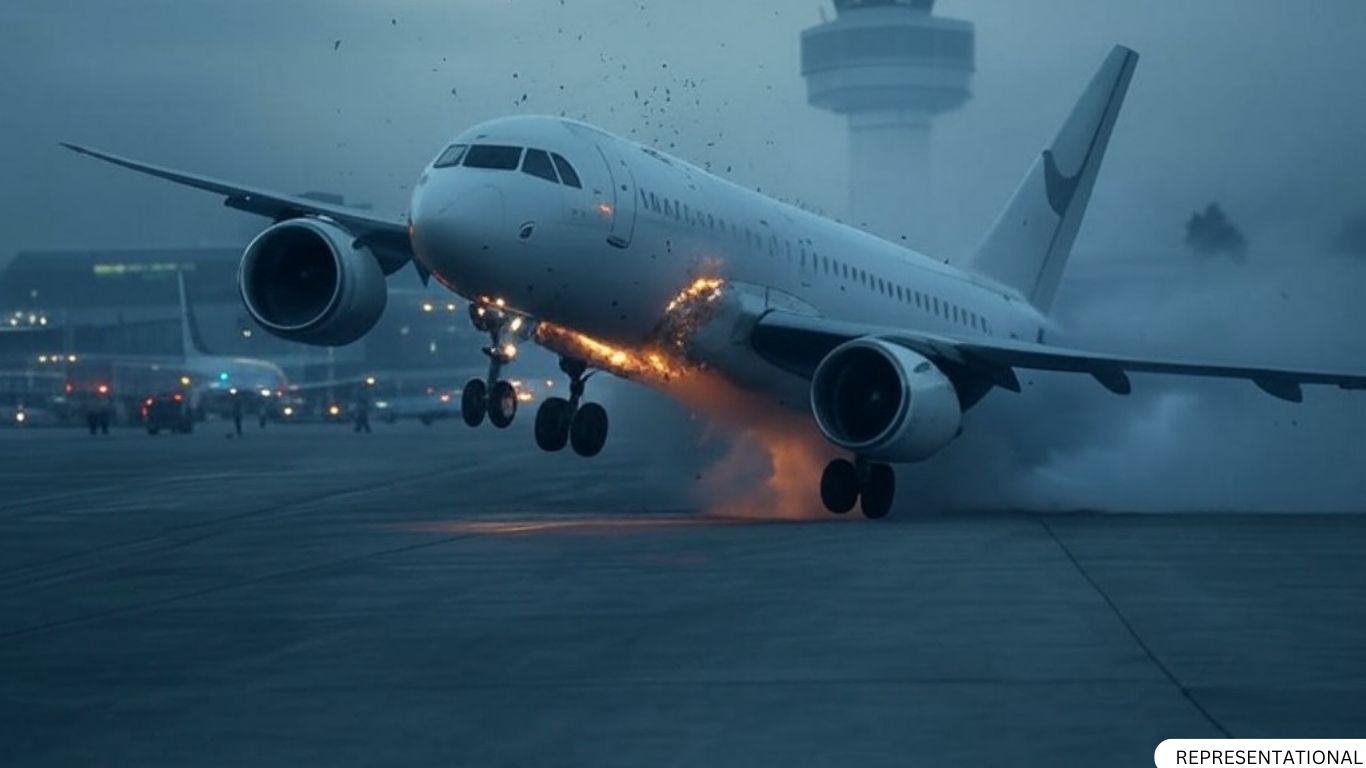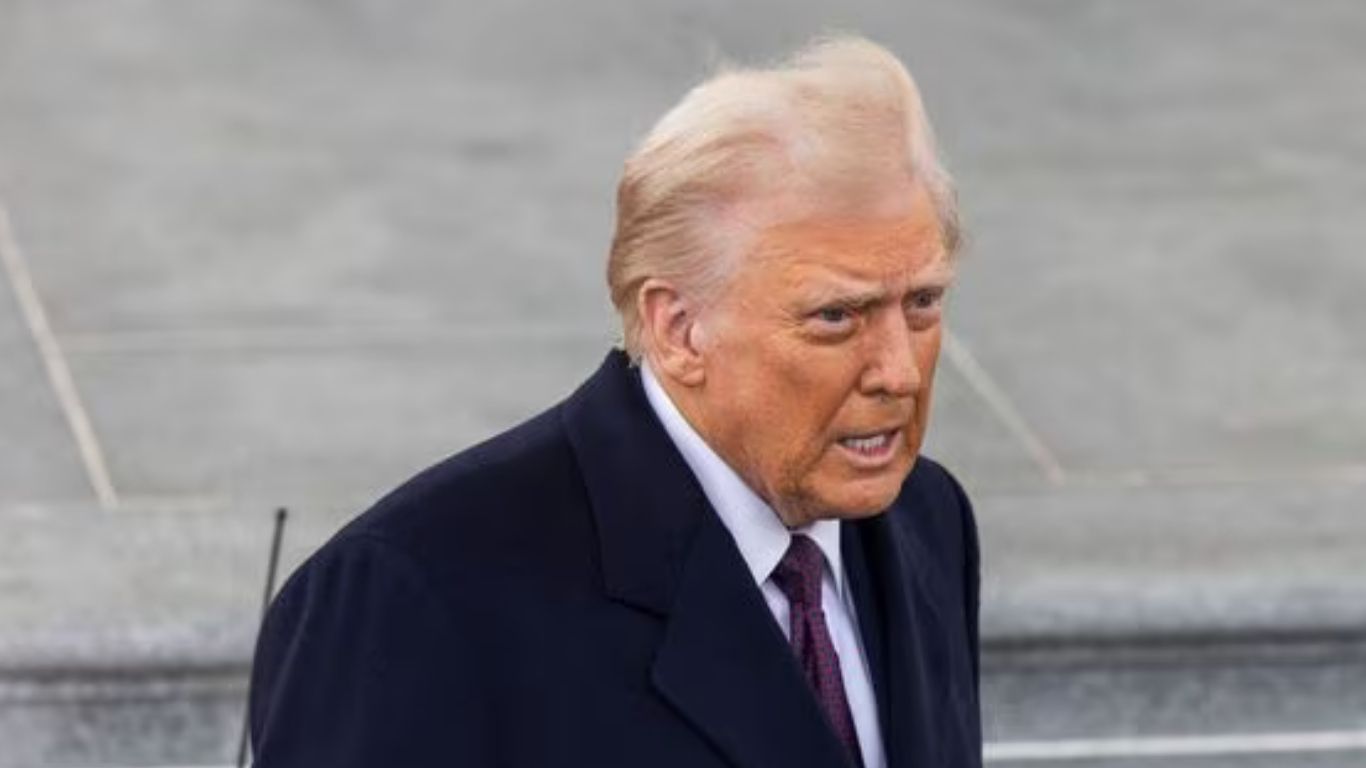The largest strike ever carried out by Starbucks Workers United ended on Tuesday, following a dayslong walkout involving over 300 stores across the U.S. The strike, which began before Christmas, marked a significant escalation in the ongoing dispute between Starbucks and its unionized workforce, leaving questions about what lies ahead.
What Led to the Strike?
The strike comes amidst a protracted standoff over a collective bargaining agreement for unionized Starbucks stores. After months of negotiations, talks recently broke down over disagreements on economic issues, including wage increases.
The union, Starbucks Workers United, claims that Starbucks has failed to offer meaningful wage adjustments. According to the union, Starbucks proposed a 1.5% annual wage increase for most workers—a figure the union deemed insufficient. Conversely, Starbucks contends that the union’s demand for a 64% immediate minimum wage hike and a 77% overall increase over three years is unsustainable.
Impact of the Strike
Despite the strike, Starbucks maintained that most of its 10,000 U.S. stores operated as planned during the holidays. Sara Kelly, Starbucks’ executive vice president, downplayed the impact in a statement, emphasizing that the union walked away from negotiations. However, the strike brought heightened public attention to the workers’ grievances, showcasing their organizing strength and determination.
What Happens Next?
As the strike concludes, labor experts predict two possible paths:
1. Renewed Negotiations
The union’s display of strength may pressure Starbucks into resuming negotiations with a more favorable offer. The company’s reputation as a progressive employer could be at stake, especially among younger, socially conscious customers.
“Starbucks has to continually worry about its brand image,” said Matthew Bodie, a labor law professor at the University of Minnesota. “Prolonged disputes could harm their ability to attract new customers.”
2. Escalation by Workers
If Starbucks remains unyielding, the union could revert to its previous militant tactics, including frequent strikes and public demonstrations.
Johnnie Kallas, a labor relations expert at the University of Illinois, noted that the union executed about 100 strikes annually during 2022 and 2023. The recent holiday strike could signal a return to that aggressive strategy if negotiations stall further.
3. Starbucks Takes a Hardline Approach
Starbucks may choose a more adversarial route, leveraging its power within the U.S. labor system, which gives companies significant discretion in collective bargaining. With President-elect Donald Trump’s administration likely to oversee a more business-friendly National Labor Relations Board (NLRB), Starbucks may feel emboldened to push back against union efforts.
Union’s Plans for Growth
Regardless of the outcome of negotiations, Starbucks Workers United remains committed to organizing additional stores. The union added over 150 stores to its roster in 2024, bringing the total number of unionized locations to approximately 540.
“You always want your movement to grow,” said Michelle Eisen, a Starbucks barista and union leader. “The bigger we are, the stronger we are.”
Key Takeaways
- Strike Significance: The recent strike was the largest ever by Starbucks Workers United, signaling strong worker solidarity.
- Negotiation Stalemate: Disagreements over wage proposals remain a major obstacle to a collective bargaining agreement.
- Future Uncertainty: Starbucks and the union could either return to the bargaining table or face further escalation.
- Union Momentum: Organizing efforts continue, with unionized stores growing steadily.
As both sides weigh their next steps, the Starbucks labor movement remains a critical touchstone in the broader push for workers’ rights in the U.S.















